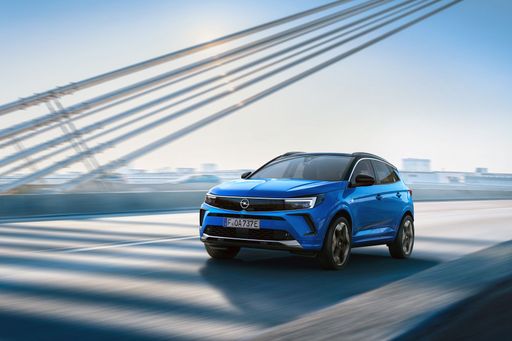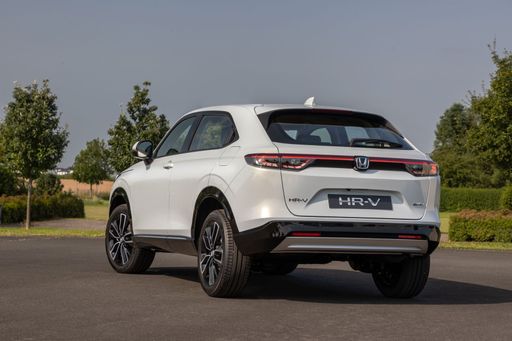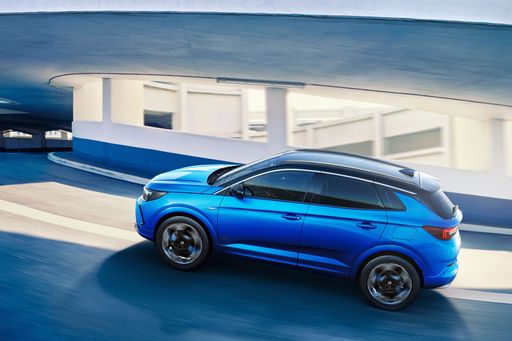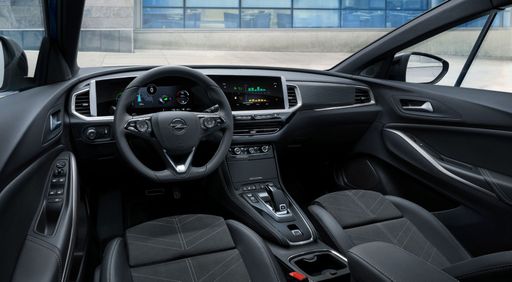Dynamic Duo: Honda HR-V vs. Opel Grandland
In the competitive crossover segment, two names stand out: the Honda HR-V and the Opel Grandland. Both models blend style, comfort, and performance to meet the needs of modern drivers, but which one reigns supreme in the battleground of innovation and technical prowess? This article delves into a detailed comparison, scrutinizing their respective features, technical aspects, and innovations.








